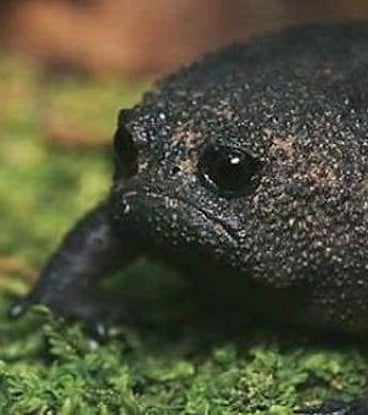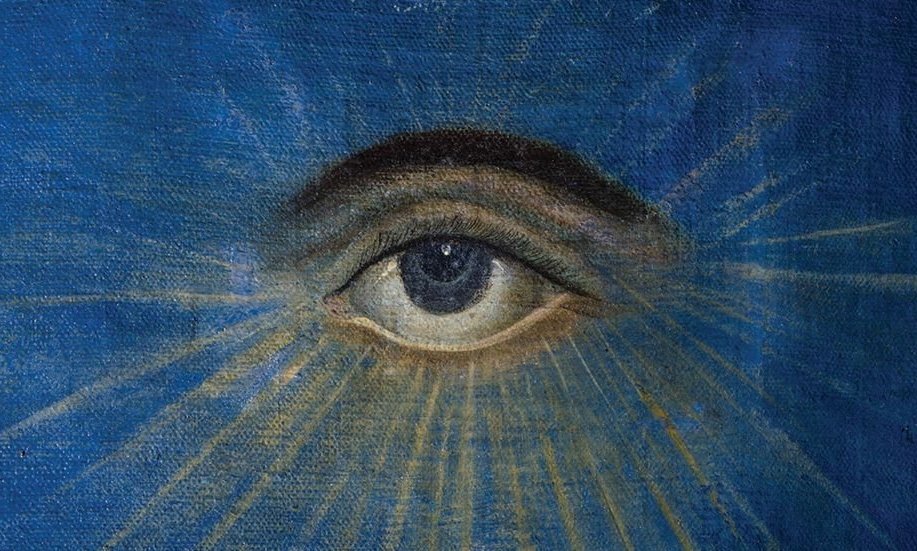Neanderthals who lived 50,000 years ago were infected with three viruses that still affect modern humans today, researchers have discovered.
These traces of ancient viruses are the oldest remnants of human viruses ever discovered, New Scientist reported. They are around 20,000 years older than the previous record-holder for the most ancient human virus ever found: a common-cold virus uncovered inside a pair of 31,000-year-old baby teeth in Siberia.
Scientists found the ancient viruses after sifting through DNA sequences drawn from the skeletons of two male Neanderthals originally found in the Chagyrskaya cave, located in the Altai mountains in Russia. Several sequences appeared to be viral in origin, so the team compared them to modern viruses known to cause lifelong infections. They ruled out the possibility that the viruses came from modern humans who handled the skeletons or by predators that fed on them by looking at specific signatures in the viral DNA that differed between the ancient and modern samples.
In this way, they showed that our closest, now-extinct relatives could be infected with three common, modern human viruses: a type of adenovirus, a herpesvirus and a papillomavirus.
Yea cool bring back Corona Classic
I’d say it is either zombie apocalypse or those viruses immediately get obliterated by our immune systems because they lack 50.000 years of evolution and natural selection. Only one way to find out I guess…
Covid alpha test

“Put that thing back where it came from or so help me!”
We should cultivate the virus and see if humans are still reacting to it. Sounds like fun science.
well luckily, now that it’s been sequenced, you can take a DNA printer and make one of your own!
no need to cultivate it anymore…Amazing, I’m ordering my sequencer right away from Temu
“I am skeptical that this could be achieved given the lack of full understanding of how the viruses’ DNA is damaged and how to reconstruct the recovered pieces into a full viral genome,” Sally Wasef, a paleogeneticist at Queensland University of Technology in Australia, told New Scientist.
The last sentence of the article, for anyone angsty about the title or the summary.
I was going to guess some sort of venereal disease.
Jurassic Park but with diseases. Let’s do it.







